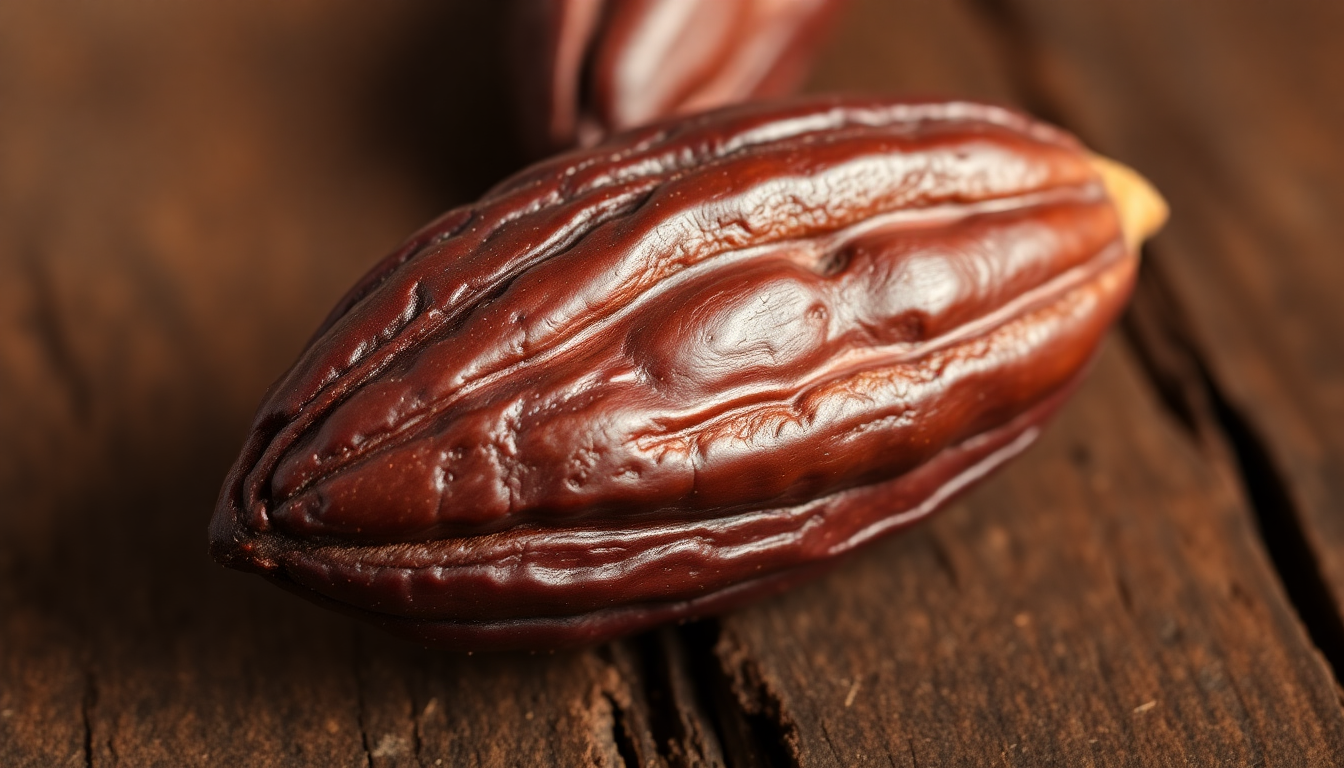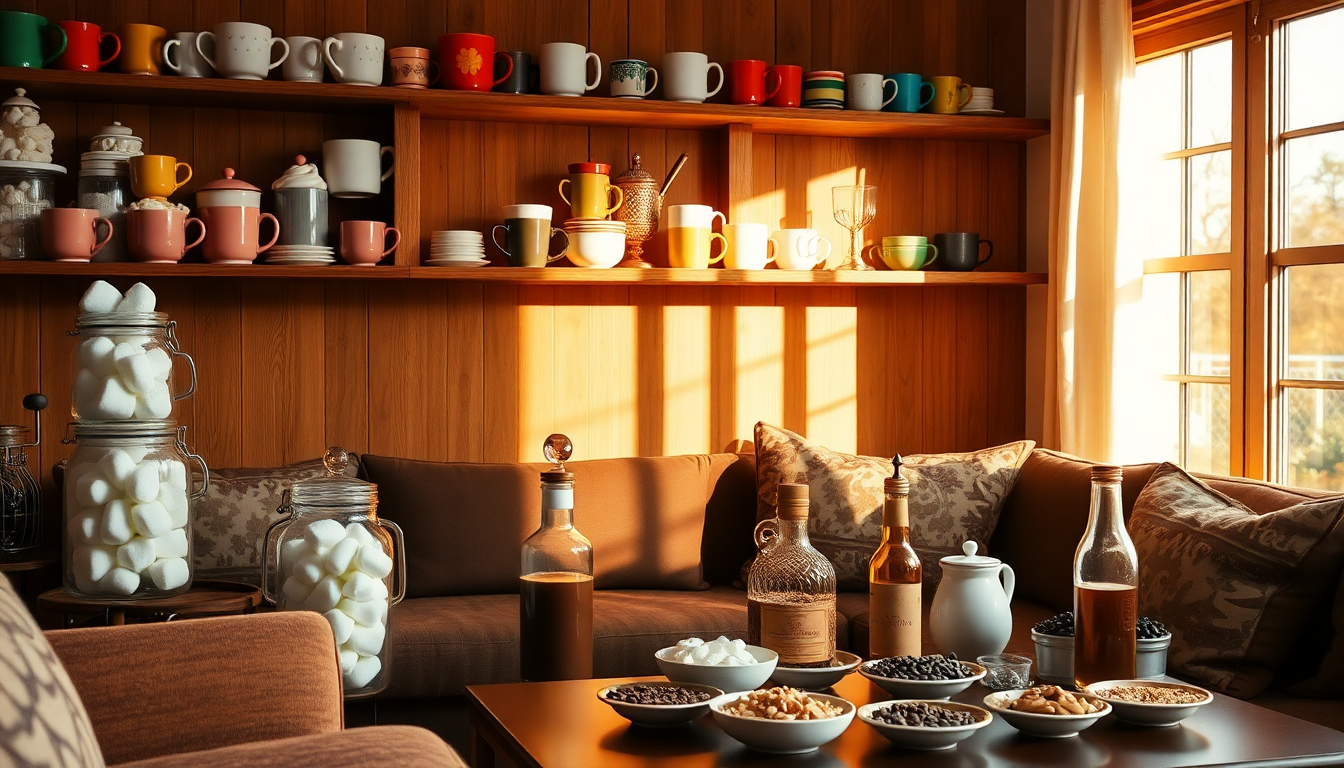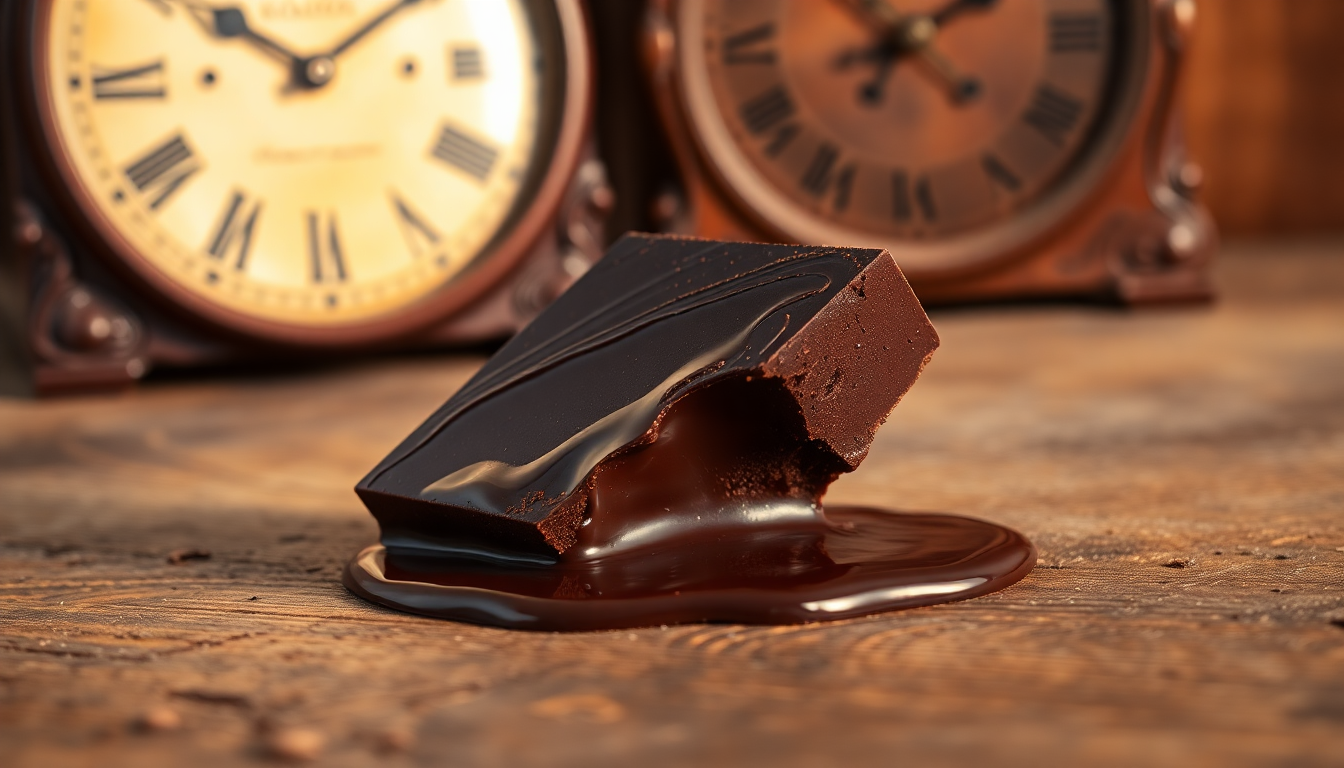
Cocoa Bean: The Heart of Chocolate Creation
From ancient Mesoamerican rituals to global confectionery empires, the humble cocoa bean has journeyed from obscurity to become one of the world's most beloved ingredients. This remarkable seed, nestled within colorful pods that grow directly from the trunk of the Theobroma cacao tree, is the essential foundation of all chocolate products. Let's explore the fascinating world of cocoa beans—their origins, cultivation, processing, and transformation into the chocolate we know and love.
The Origins and History of Cocoa
Ancient Beginnings
The story of cocoa begins in the lush rainforests of South America. Archaeological evidence suggests that cacao was first domesticated at least 5,300 years ago by the Mayo-Chinchipe culture in what is now southeastern Ecuador. From there, it spread northward to Mesoamerica, where it became deeply integrated into the cultures of civilizations like the Olmec, Maya, and Aztec.
These ancient peoples didn't consume chocolate as we know it today. Instead, they created a bitter, frothy beverage by roasting and grinding cocoa beans, then mixing them with water, chili peppers, and other spices. This drink was reserved primarily for nobility and used in religious ceremonies. The Aztecs even used cocoa beans as currency, a testament to their value.
Global Expansion
When Spanish explorers encountered cocoa in the early 16th century, they were initially unimpressed by the bitter drink. However, after adding sugar and other sweeteners, chocolate beverages became popular in the Spanish courts and eventually spread throughout Europe.
For centuries, chocolate remained a luxury item consumed primarily as a beverage. It wasn't until the 19th century that technological innovations transformed chocolate from drink to solid food, setting the stage for the global chocolate industry we know today.
The Cacao Tree: Nature's Chocolate Factory
Theobroma Cacao
The scientific name "Theobroma cacao" means "food of the gods" in Greek, an apt description for a plant that produces such a divine treat. The cacao tree is a tropical evergreen that grows in a narrow geographical band approximately 20 degrees north and south of the equator.
Growing Conditions
Cacao trees are remarkably specific in their habitat requirements:
- Climate: They thrive in warm, humid environments with temperatures ideally between 70-90°F (21-32°C).
- Rainfall: Abundant and well-distributed rainfall of 60-100 inches (1,500-2,500 mm) annually.
- Soil: Rich, well-drained soil with high organic content.
- Shade: Young cacao trees require protection from direct sunlight, making them excellent understory plants in forest ecosystems.
- Elevation: Typically grown at elevations below 1,000 feet (300 meters), though some varieties can grow at higher altitudes.
Main Varieties
Cocoa beans are generally classified into three main genetic groups, each with distinct characteristics:
-
Forastero: The most widely cultivated variety, accounting for approximately 80-90% of world cocoa production. Forastero beans are hardy, disease-resistant, and high-yielding, but generally considered less aromatic than other varieties. They produce chocolate with strong, basic chocolate flavors.
-
Criollo: The rarest and most prized variety, representing less than 5% of world production. Criollo beans produce chocolate with complex, delicate flavors and minimal bitterness, but the trees are more susceptible to disease and produce lower yields.
-
Trinitario: A hybrid of Forastero and Criollo, combining the robustness of the former with some of the fine flavor characteristics of the latter. Trinitario beans account for about 10-15% of world production.
More recent genetic research has identified greater complexity, suggesting cocoa can be classified into ten genetic clusters: Amelonado, Criollo, Nacional, Contamana, Curaray, Cacao guiana, Iquitos, Marañon, Nanay, and Purús.
Growing Regions
Today, cocoa is commercially cultivated in regions around the world, with production concentrated in:
- West Africa: Côte d'Ivoire and Ghana together produce more than 60% of the world's cocoa.
- South America: Brazil, Ecuador, Peru, and Colombia.
- Southeast Asia: Indonesia, Malaysia, and the Philippines.
- Central America: Mexico, Costa Rica, and the Dominican Republic.
The flavor profile of cocoa beans varies significantly depending on the genetics, growing region, climate, and soil conditions—a concept known as "terroir" that's similar to wine.
From Pod to Bean: The Harvest
The Cocoa Pod
The cacao tree produces oval-shaped pods directly from its trunk and main branches—an unusual growth pattern called cauliflory. These pods can range in color from green and yellow to orange and red, depending on the variety.
Each pod contains about 30-50 beans surrounded by a white, sweet pulp. A mature cacao tree can produce 20-30 pods annually, yielding 2-3 pounds (0.9-1.4 kg) of dried beans per year.
Harvesting Process
Harvesting cocoa requires careful attention and significant manual labor:
- Workers cut ripe pods from trees using machetes or specialized knives, being careful not to damage the tree.
- The pods are gathered and split open to extract the beans and pulp.
- The beans are collected in piles or boxes for fermentation.
Typically, cacao trees produce two main harvests per year, though some pods ripen throughout the year in certain regions.
Transforming Beans: From Raw to Ready
Fermentation: Developing Flavor
After harvest, cocoa beans undergo a crucial fermentation process that develops the precursors to chocolate flavor. This involves:
- Placing beans with their pulp in piles or boxes covered with banana leaves.
- Allowing natural yeasts and bacteria to ferment the pulp, generating heat that reaches temperatures of 104-122°F (40-50°C).
- Turning the beans periodically to ensure even fermentation.
This process, which lasts 3-7 days depending on the bean variety and local practices, transforms the beans biochemically:
- The bitter compounds are reduced
- Flavor precursors develop
- The beans change color from purple to brown
- The texture changes as enzymes break down cell walls
Without proper fermentation, chocolate would lack its distinctive flavor profile, regardless of the quality of later processing.
Drying: Stabilizing the Beans
After fermentation, beans must be dried to reduce moisture content from about 60% to 7-8%. This stabilizes the beans for storage and transport. Drying methods include:
- Sun drying: Spreading beans on mats or concrete platforms to dry naturally (5-7 days).
- Mechanical drying: Using heated air in large drums or chambers (faster but less preferred for fine flavor cocoa).
Proper drying prevents mold growth while allowing certain flavor developments to continue. Beans that are dried too quickly may retain acids and develop off-flavors, while beans dried too slowly risk mold contamination.
Cleaning and Sorting
Once dried, cocoa beans are cleaned to remove foreign matter, broken beans, and other debris. Beans are then sorted by size and quality before being packed into jute sacks for transport to chocolate manufacturers around the world.
The Chocolate-Making Process
Roasting: Flavor Development
Upon arrival at processing facilities, cocoa beans undergo roasting—a crucial step for flavor development:
- Beans are roasted at temperatures between 210-290°F (100-140°C) for 10-35 minutes.
- Roasting develops the chocolate flavor through Maillard reactions (chemical reactions between amino acids and reducing sugars).
- The intensity and duration of roasting significantly impact the flavor profile, with lighter roasts preserving more origin flavors and darker roasts creating more robust notes.
Cracking and Winnowing
After roasting, the beans are cracked and winnowed to separate the outer shell from the inner nib:
- Beans are broken into smaller pieces using rollers or hammers.
- A stream of air removes the lighter shell fragments while the heavier nibs fall into a separate collection area.
The shells, which make up about 10-12% of the bean weight, are often used as agricultural mulch or for other by-products.
Grinding: Creating Chocolate Liquor
The cocoa nibs—which contain roughly 50% cocoa butter and 50% cocoa solids—are then ground into a thick, liquid paste called chocolate liquor (despite containing no alcohol):
- Traditional stone grinders or modern steel ball mills grind the nibs until the cellular structure breaks down.
- The friction generates heat, melting the cocoa butter and creating a smooth liquid.
At this point, the chocolate liquor can be used directly for making chocolate or separated into its components:
- Cocoa butter (the fat component)
- Cocoa solids (which become cocoa powder when dried)
From Liquor to Chocolate
To create finished chocolate, manufacturers combine chocolate liquor with various ingredients:
Dark Chocolate:
- Chocolate liquor
- Additional cocoa butter
- Sugar
- Vanilla (optional)
- Lecithin (an emulsifier)
Milk Chocolate:
- Chocolate liquor
- Additional cocoa butter
- Sugar
- Milk powder or condensed milk
- Vanilla (optional)
- Lecithin
White Chocolate:
- Cocoa butter (no cocoa solids)
- Sugar
- Milk powder
- Vanilla
- Lecithin
Refining and Conching
Two critical processes transform these ingredients into smooth, flavorful chocolate:
-
Refining: Reduces the particle size of solids (sugar, cocoa solids, milk solids) to less than 30 microns—below the threshold of detection by the human tongue—creating the smooth texture we associate with fine chocolate.
-
Conching: A mixing and aerating process that can last from a few hours to several days. During conchin

Claire Bennett
I'm Claire, a chocolate lover and artisan based in a small town where I run a tiny home kitchen dedicated to exploring everything chocolate. From single-origin dark bars to creamy ganache and handmade truffles, I find joy in working with all types of chocolate. I believe chocolate has a story, and I love bringing that story to life through humble, heartfelt creations.



Leave a comment
This site is protected by hCaptcha and the hCaptcha Privacy Policy and Terms of Service apply.